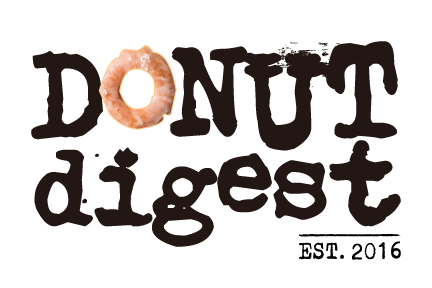What is a Google Business Profile?
Your Google Business Profile (GBP) is a free listing that allows business owners to create and manage a profile across Google Search, Maps, and Reviews. For bakery owners and other local businesses, optimizing your profile is one of the best local SEO strategies to show up online, whether it’s traditional search engine or AI results.
Why should bakery owners care about Google Business Profiles?
Your GBP isn’t just another online listing. It’s a powerful tool that directly impacts your bottom line. In today’s digital age, the vast majority of potential customers are looking online before they even think about stepping foot in your bakery.
The digital first impression
Consider this: a significant majority of consumers—around 90%—research restaurants and food businesses online before making a decision. While some of those searches might lead to your website, many more will land on platforms like Google, Yelp, TripAdvisor, and even social media sites like TikTok and Instagram. Your GBP is often the first, and sometimes only, impression a potential customer gets of your bakery. An incomplete or inaccurate profile can mean lost business.
The impact of AI on local search results
Google is shifting from a simple search engine to an “answer engine.” This means Google aims to provide direct answers to users’ queries right on the search results page, rather than just a list of blue links. As AI becomes more integrated into search, we’re seeing this trend accelerate. You might even notice a drop in website clicks, even if you rank highly, because users are getting the information they need directly from AI results.
Even with the rapid advancements in AI, several fundamental SEO practices remain crucial for bakery owners. Your GBP stands out as something particularly tangible and manageable. Apart from your website, it’s your direct line to Google, allowing you to control the narrative of your business in local search results.
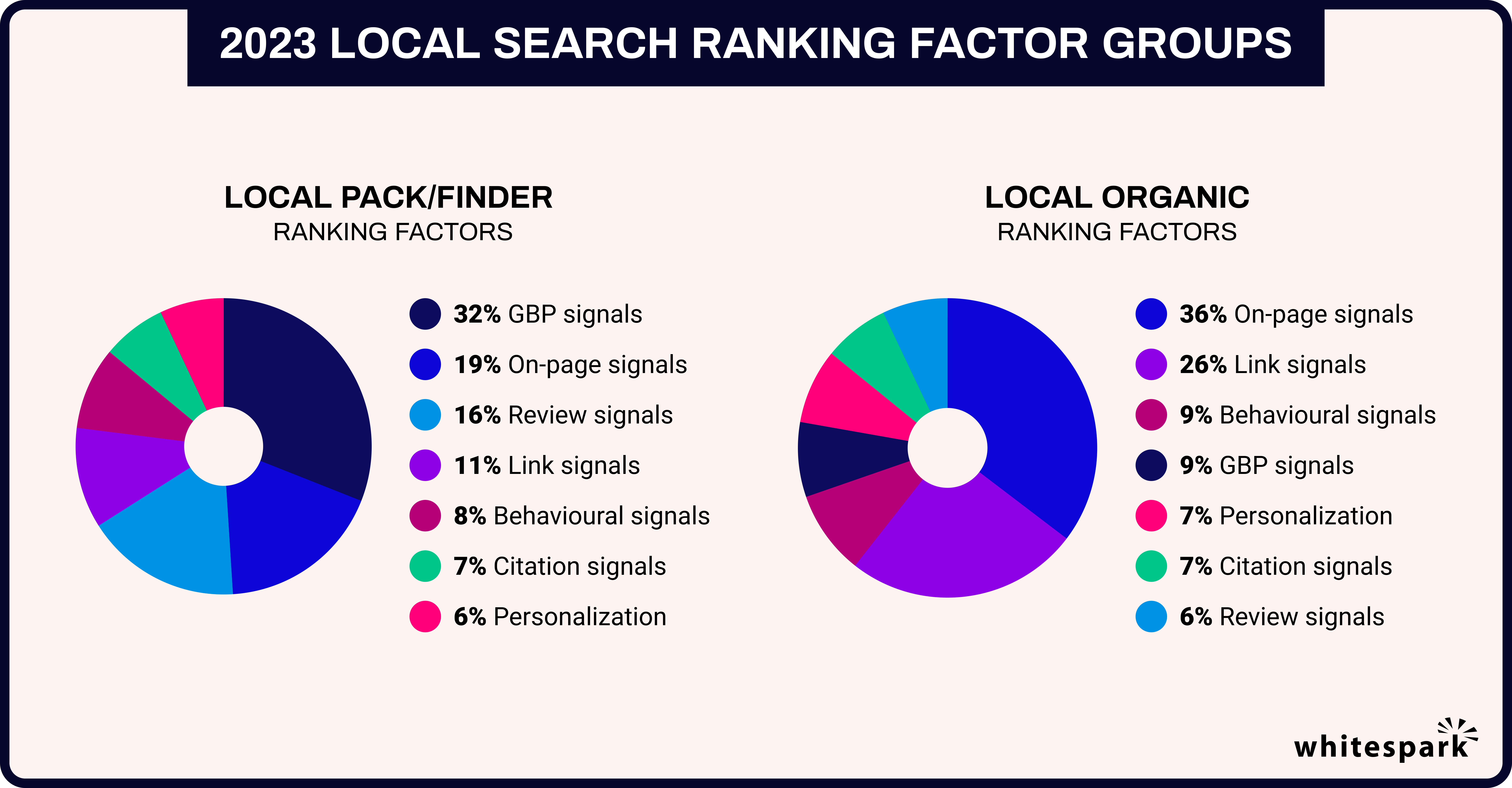
Note: The Local Search Ranking Factors annual report was developed by David Mihm in 2008 and taken over by Whitespark’s Darren Shaw in 2017. This report is the industry’s go-to resource for understanding how to rank in Google’s local search results.
Maintaining your Google Business Profile means you get found online quicker. And more traffic to your website means more paying customers. The way you get people to click through to your website is an awesome GBP listing.
In an era of declining Instagram engagement, and third-party delivery platforms that push sponsored listings, this is a much safer bet for driving business.
How can you optimize your Google Business Profile?
Use this checklist to optimize your bakery’s listing in an hour or less. This is truly the low-hanging fruit of local SEO!
Step 1: Claim/verify your profile. Surprisingly, 56% of local businesses have yet to claim their GBP listing! Here are directions on how to claim your profile. There are a few ways to verify your profile, but lately Google is pushing video verification. Need a detailed breakdown? Watch this step-by-step guide for successful video verification . Quick summary preferred? Here’s a tutorial from GBP Product Expert, Claudia Tomina:
Step 2: Enter the best name and category. Enter your legal business name (no keyword stuffing), which ideally has your category of business included. The primary category has a massive impact on rankings and what features you have access to. Choosing “donut shop” over “bakery” or “breakfast restaurant” is much more effective if you primarily sell donuts. Good news is, you can list up to nine secondary categories too, such as “coffee shop”, with no penalty.
Step 3: Ensure Name, Address, Phone # (NAP) and hours are accurate. You’ll want to confirm this basic information not just here, but everywhere across the web. Monitor your website and other listing sites such as Bing, Yelp, Apple Maps, TripAdvisor, OpenTable, etc. You can do this manually or use an automated tool like Marqii. Remember to also confirm or edit holiday hours so you don’t get any disgruntled customers showing up to a closed storefront.
Step 4: Double check your map pin. A misplaced map pin on your GBP is a surprisingly common problem, especially if your bakery is in a shopping center, multi-suite building, or an area under construction. Unfortunately, competitors or other bad actors can even suggest a wrong pin location, leading to frustrated customers who can’t find your storefront. To correct this, edit your profile, navigate to “Business Information,” then “Location,” and select “Edit.” On the map, hit the “Adjust” button to click and precisely drag the pin to your exact location. Don’t forget to save your changes!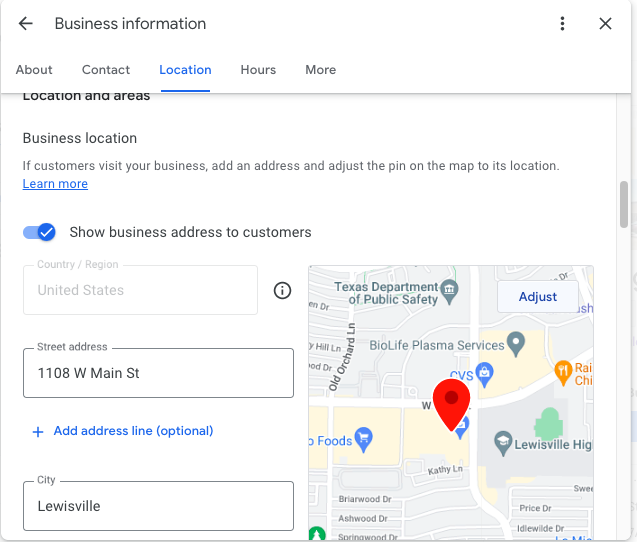
Step 5: Fill out your business attributes as completely as possible. Apart from filling out available attributes, monitor for new attributes every time you log-in. Google is constantly adding and changing things here—as an example, Google retired COVID-19 attributes such as mask, vaccination, and sanitation policies. And in September 2023, they allowed business owners to add links to their social media profiles.
Step 6: Add all relevant website and ordering links. Under Business Information, see the Website and Menu Link fields. Under Food Ordering, add your native ordering platforms and select whether it’s for pickup or delivery.
Step 7: Add high-quality images and videos. According to Google itself, businesses that include photos in their listing generate more calls, website clicks, and direction requests. This type of activity is key to not only rank high, but it increases your chances of actually selling more baked goods. Bonus: Add a virtual tour to give your prospective searchers a preview of the bakery.
Step 8: Answer “Ask Maps.” Before AI, you used to be able to ask ou can even ask and answer your own FAQ and upvote the questions without penalty. Now, Google crowdsources the questions for you, based on generic queries for your business category. Make sure to answer any questions that appear here. You can use an FAQ page on your website to answer more specific questions you get via DM, phone call, or email. Some examples: Do you cater? Do you deliver? Do you have vegan cookies? Where is the best place to park? What are your health and sanitation policies?
Step 9: Add Products (and/or Menu). You don’t need to be a retail business to use the Products feature. In fact, it’s such an underutilized feature across all industries that it’ll help you stand out. You can add categories of products (e.g. Donuts, Cakes, Cookies), individual menu items (e.g. Chocolate Frosted Donut, Red Velvet Donut) or even services (e.g. Dine-In, Curbside, Delivery, Catering, Mobile Coffee Service). Otherwise, see if you have access to the new Menu feature: 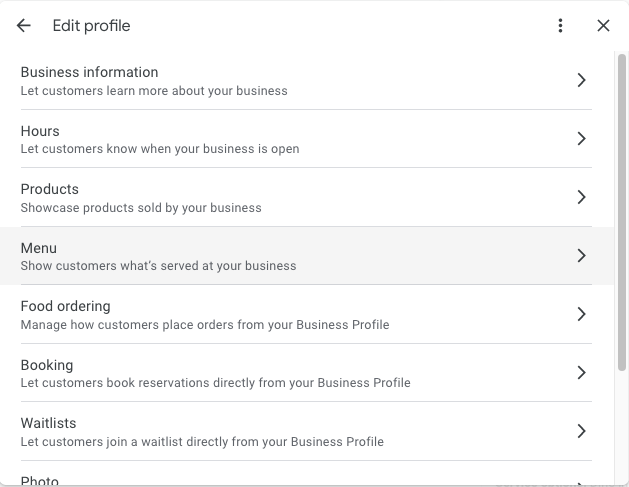
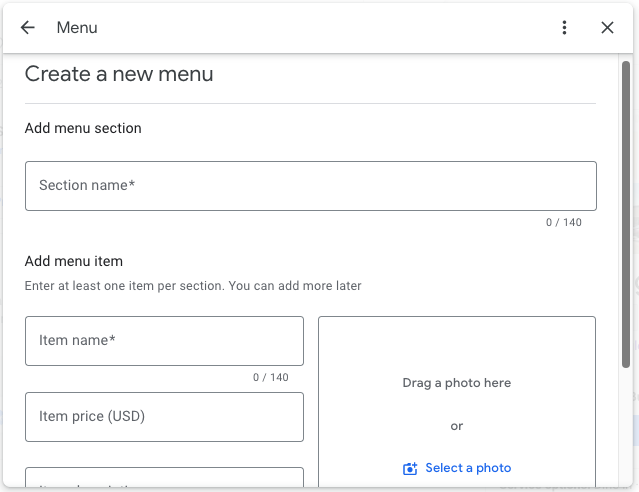
Step 10: Keep your listing active. Google wants to see that you’re tending to your profile and providing the most up-to-date info for prospective customers. You can do this by creating weekly Google Updates/Posts, updating your menu seasonally, replying to all reviews, and adding photos on a regular basis.
BONUS: Optimize your website. Google’s mission is to serve the most relevant information to searchers, so trust is key. One way to send trust signals to Google is to maintain consistent information across the internet, between your website, GBP, and other listing sites. Here are some things you can control, with the help of a web developer or marketing consultant:
- Maintain consistent info on your website as your GBP.
- Make it mobile-optimized.
- Reduce load time. One way to do this is compress images before you upload them. to your website.
- Add https protocol (the secure padlock).
- Offer online ordering with high-quality pics. No PDFs of menus since Google cannot read these! Not to mention, it makes for a poor user experience.
- Create content (perhaps on a blog) with a local focus. This is not only good for PR and creating what’s called backlinks, it’s good for the community. Consider hosting events, sponsoring local sports teams, collaborating with other businesses, or sharing behind-the-scenes details about your business.
- Use keywords in your title tag, header tags, alt text, and meta descriptions.
- Embed a Google map.
- Submit a sitemap to Google so it can properly “read” the pages on your website. Directions on how to do that here.
- Advanced tactics: Use schema to incorporate rich snippets, monitor Google Search Console, use UTM tagging to track the source of clicks from GBP to your website.
Want to learn more about optimizing your profile?
Check out these free resources:
- Definitive Guide to Google Business Profile Optimization by Whitespark
- Introduction to Google Business Profiles by BrightLocal
- A Guide to Google Business for Restaurants by Grubhub
- 8 Common Google Business Mistakes by Semrush
GBP tools:
- Postamatic: free tool that allows you to easily create and publish GBP Posts, Q + A’s, and Google Reviews using Google Sheets.
- GMBSpy: Research top GBP categories of your competitors.
For direct support from Google, visit the Google Business Profile Help Center.
Or, if you just need someone to set up or manage your Google Business Profile for you, send me a mesage at info@donutdigest.com. I also offer online listings management across Bing Places, Yelp, Apple Maps, and more.
